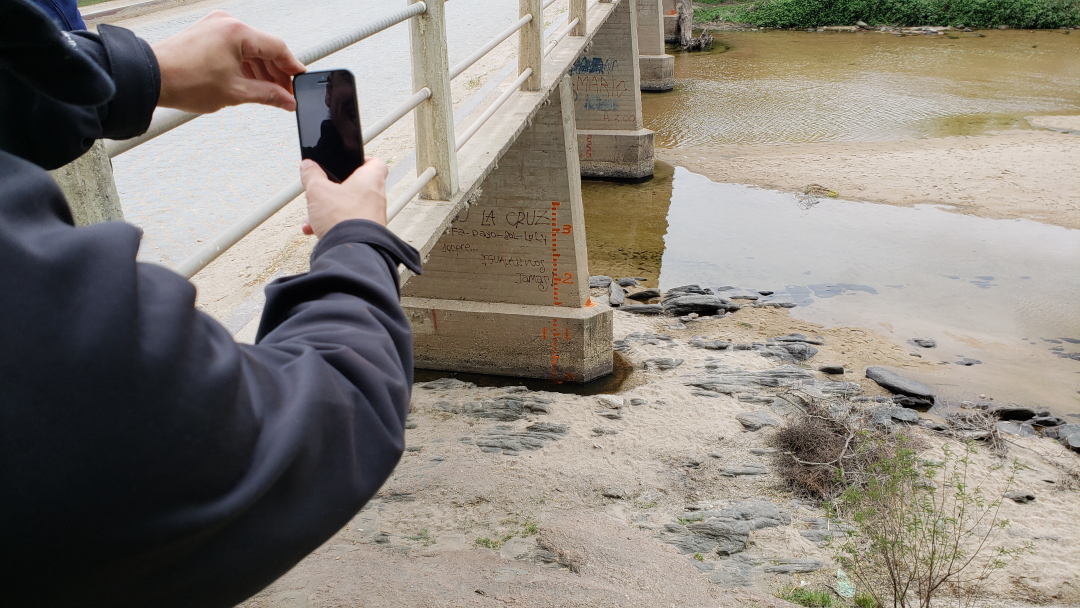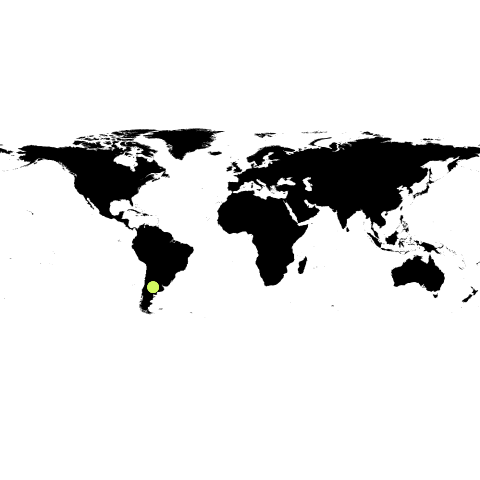Disclaimer:
Please be aware that the content herein is comprised of personal reflections, observations, and insights from our contributors. It is not necessarily exhaustive or authoritative, but rather reflects individual perspectives. While we aim for accuracy, we cannot guarantee the completeness or up-to-date nature of the content.
Contributory project: It is designed by scientists, and citizens participate in data collection.

Overall goal: Continue the recent developments of the Working Group (WP) by improving the capture of flash flood videos and optimizing the performance of the software being developed by the WG for processing the flood images recorded by citizens. The discharges estimated on the basis of crowdsourced data will be reported to the authorities for flood hazard management. Specific goals:
• Give citizens the chance to share flood videos through a website to be later analyzed by the WG.
• Work on two new pillars for recording higher quality videos: 1) Selection of favorite sites for video recording identified by the WG together with the local Civil Defense personnel previously trained (by the WG) on video capture. A field survey is conducted in order to assess such topographic characteristics of the site as required for video processing. 2) Automation of video processing at fixed gauging stations using security cameras. These pillars require constant technological development at every stage of the process, namely: during video recording and processing, as well as during data transfer to authorities.
• Continue the development required by each stage so as to maximize systematization and minimize human intervention. The goal is to optimize the software developed by the WG using tailor-made hardware.
Description of citizen participation: Citizens, firefighters, civil defense staff, and law enforcement personnel record videos of flash floods in ur�ban rivers and basins. Then, the videos are sent to a team of scientists who will process the relevant data. The material can be sent through the project’s website and social networks, or by contacting members of the GDT and sharing it by e-mail.
Time frame. 10/01/2014 – N/A
Project leaders. • Antoine Patalano, Facultad de Ciencias Exactas, Físicas y Natura�les (FCEFYN)/Universidad Nacional de Córdoba (UNC) y Consejo Nacional de Investigaciones Científicas y Técnicas (CONICET). • Leandro Masso, FCEFYN/UNC y CONICET. • Carlos Marcelo García Rodríguez, FCEFYN/UNC y CONICET.
Contact information.
Email: [REDACTED_EMAIL] ; [REDACTED_EMAIL] ; [REDACTED_EMAIL] Web: www.cazadoresdecrecidas.unc.edu.ar Twitter: twitter.com/CdC_Cordoba
 Consent to share form or official link.
Consent to share form or official link.

 3Good health and well-being
3Good health and well-being 6Clean water and sanitation
6Clean water and sanitation 13Climate action
13Climate action
Comments
Log in to add a comment or reply.